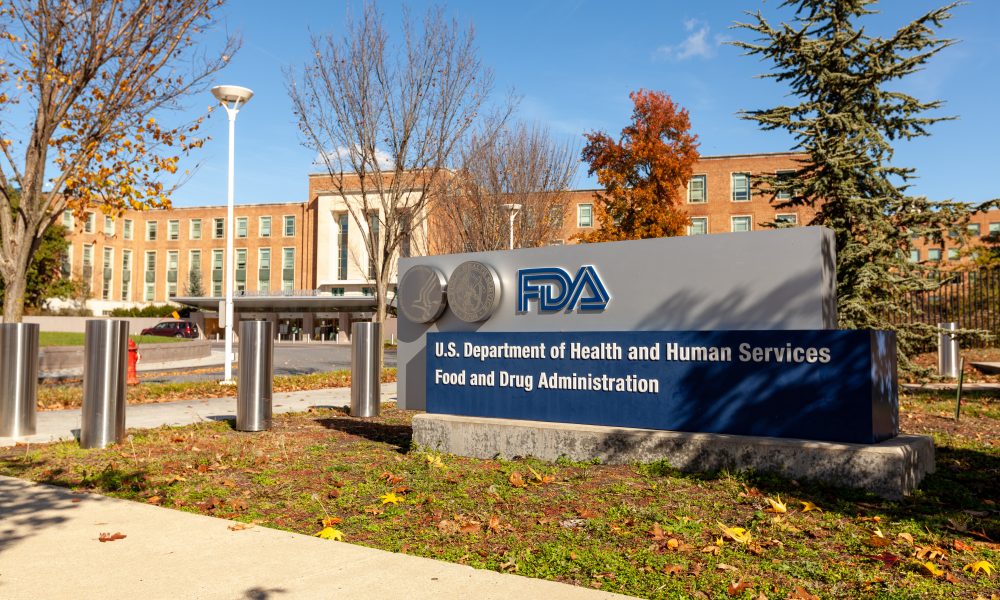A UK biotech firm founded to develop the world’s first treatment for a rare, incurable and deadly disease has secured its first FDA designation.
SynaptixBio was granted a Rare Paediatric Disease (RPD) Designation by the US drug regulator for its TUBB4a leukodystrophy drug.
The genetic and debilitating condition which mainly affects babies and young children.
The designation is the first step towards gaining a priority review voucher (PRV), which can accelerate market access for therapeutics.
SynaptixBio CEO and co-founder, Dr Dan Williams, said:
“To be granted an RPD will enable us to accelerate our research into TUBB4a treatments, while ensuring the work being done to tackle it remains a focus within medical communities around the world.”
SynaptixBio hopes the designation will “open regulatory discussions, supplement funding, increase the viability of drug development and enable quick access to market a treatment.”
Earlier this year, the Oxford-based company entered into a sponsored research agreement with the world-leading leukodystrophy centre the Children’s Hospital of Philadelphia (CHOP) in the US to develop a TUBB4a leukodystrophy treatment from antisense oligonucleotides (ASOs).
The licence, which includes worldwide exclusive patent rights, allows SynaptixBio to translate CHOP’s research to first-in-human clinical trials, which could launch as early as next year.
Dr Adeline Vanderver, programme director of the Leukodystrophy Center at CHOP and a pre-eminent figure in the research related to TUBB4a, said:
“ASOs provide the potential to stabilise, improve quality of life, and extend life expectancy of children suffering from the condition.
“Successful prevention of leukodystrophy progression would be revolutionary, life-saving, and life-enriching.”
TUBB4a leukodystrophy makes up 9 per cent of a group of about 30 rare neurodegenerative disorders known as leukodystrophies.
Leukodystrophies affect 1 in 7,663 births, meaning around 20,000 people could develop a leukodystrophy – and more than 2,200 with TUBB4A – each year.
Due to a mutation in the TUBB4A gene, the disease disrupts myelin surrounding nerves, leading to interruption of the signals between nerve cells in the brain.
In the most severe cases, the condition can lead to significant impairment of motor skills such as walking, sitting up and even swallowing.
Patients can also develop hearing and speech difficulties, seizures, muscle contractions, and uncontrollable limb movements, while others who have developed motor skills in early childhood can regress.
It is hoped that ASOs, which have previously been used to treat conditions such as Duchenne muscular dystrophy and spinal muscular atrophy, will dramatically improve the quality of, and extend, the lives of TUBB4a patients.
Dr Williams said that the treatment had the potential to “modify the underlying mechanisms of the disease, increase survival and significantly improve motor skills development.”
He said:
“This project has the potential to change people’s lives.
“The research and development of a safe and efficacious treatment for TUBB4a would be a real game-changer for patients and their families.”




